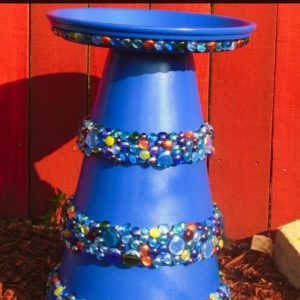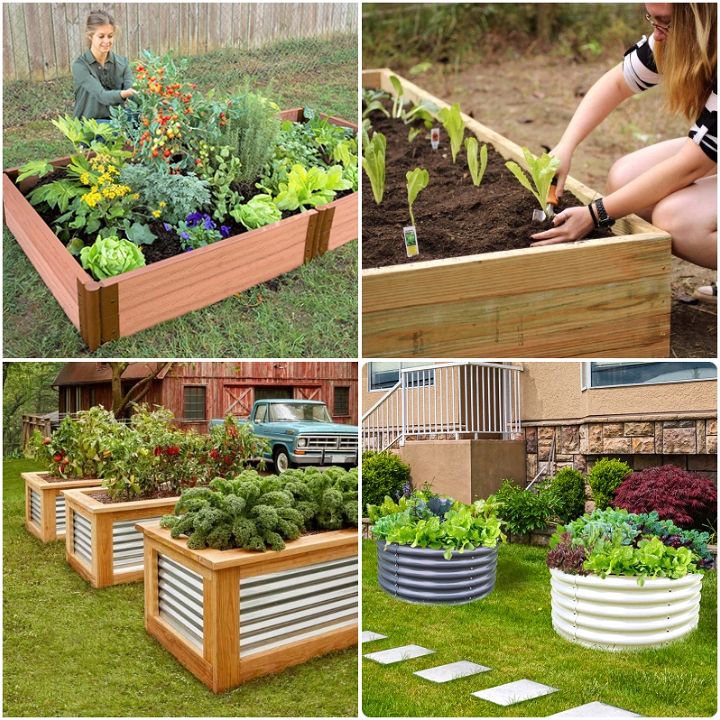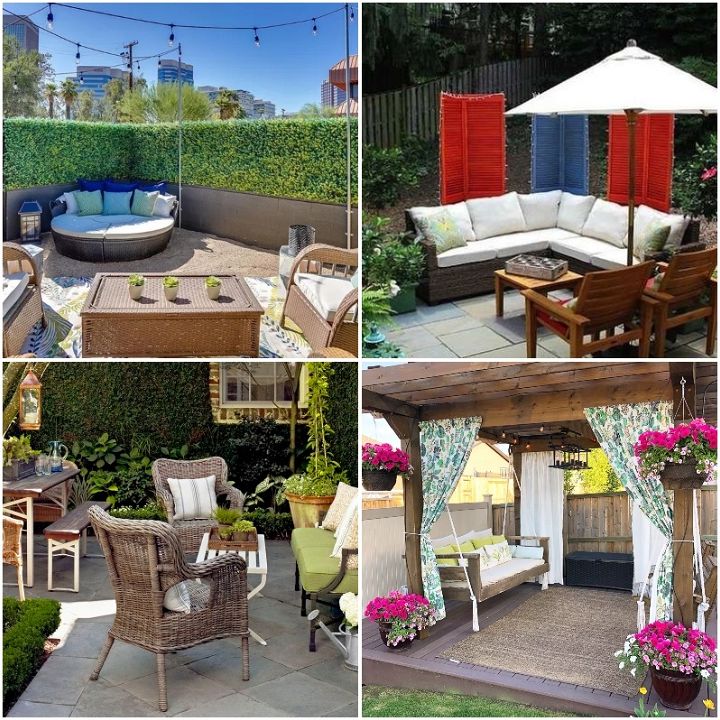Creating a 12 DIY Garden Fence Plans can be a rewarding project that enhances both the aesthetic and functional aspects of your outdoor space. A well-constructed garden fence not only defines your garden’s boundaries but also protects plants from pests and harsh weather conditions. To begin, select materials that complement your garden’s style; options range from rustic wood to sleek metal or even recycled materials. Measure the perimeter of your garden and determine the fence height based on your needs—taller fences are ideal for deterring wildlife, while shorter ones can provide a charming border.
Gather essential tools, such as a saw, hammer, nails, and a level, to ensure precision and stability. Dig post holes at regular intervals, ensuring they are deep enough to support the fence’s weight. Once the posts are secured, attach the fencing material, checking for even spacing and alignment. Finish by adding any decorative elements, such as paint or lattice work, to personalize your fence. A DIY garden fence not only showcases your creativity but also adds value and protection to your garden oasis.
1. Welded Wire Fence
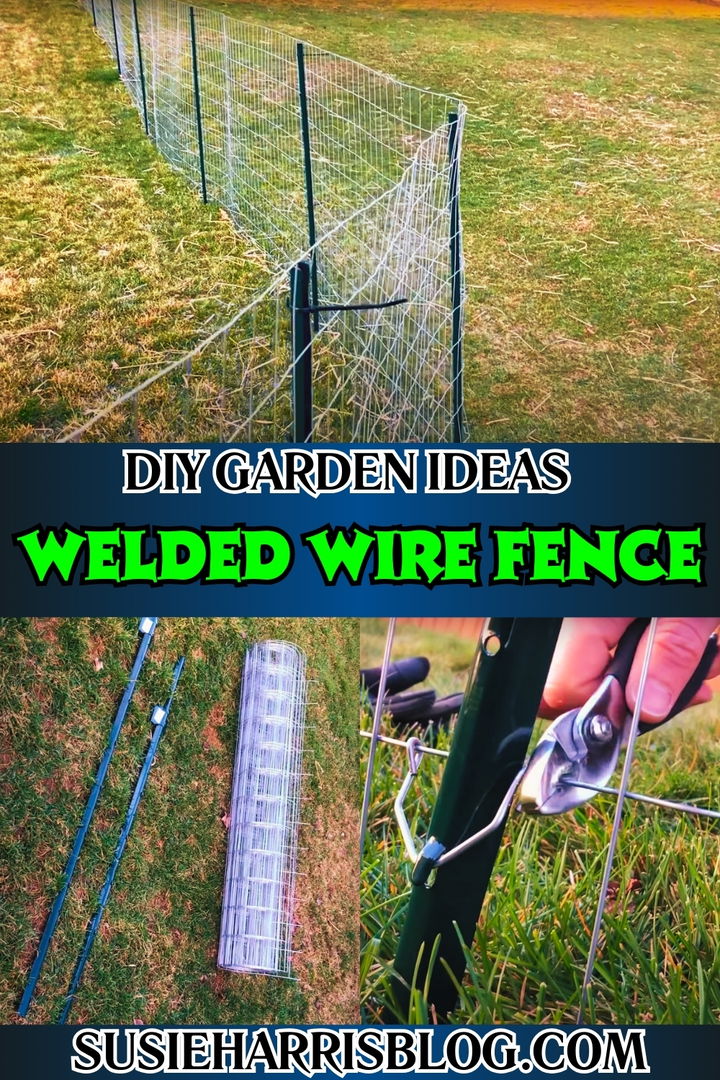
Creating a DIY welded wire garden fence is an excellent way to protect your plants while adding a touch of rustic charm to your outdoor space. Begin by measuring your garden’s perimeter to determine the amount of welded wire and fence posts needed. Use sturdy metal or wooden posts, spacing them evenly around the garden. Secure the welded wire to the posts with strong ties or staples, ensuring it’s taut and level. This type of fence is durable and allows for good visibility, keeping pests out while letting sunlight and rain nourish your plants effectively.
2. Chain Link Fence
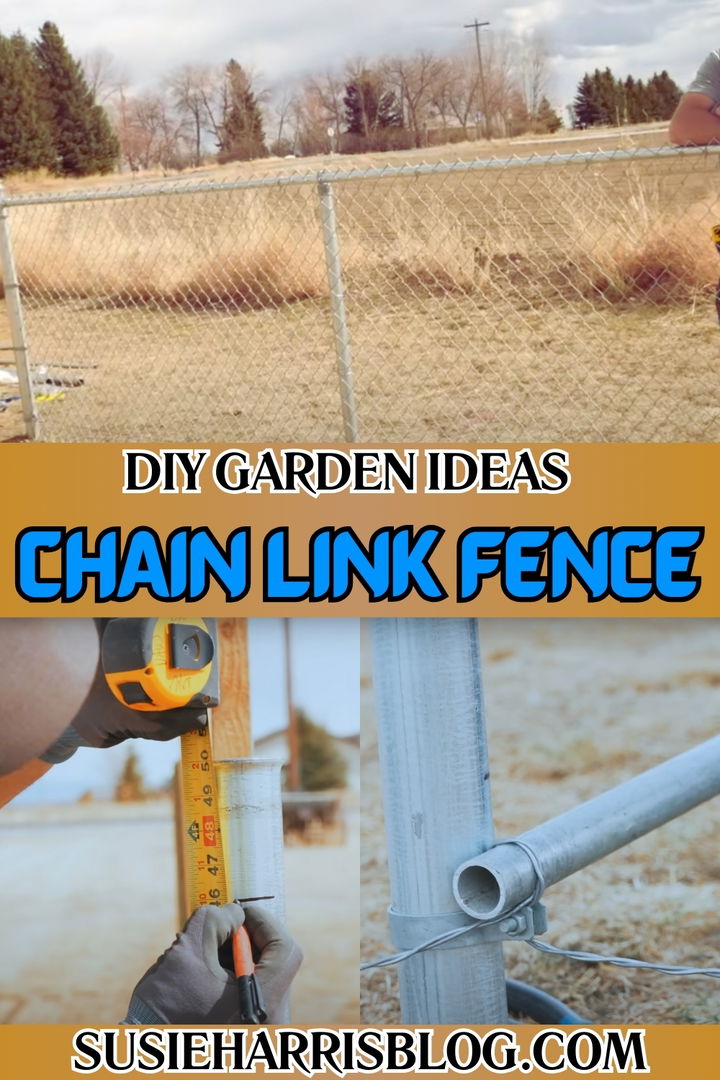
Creating a DIY chain link garden fence is an efficient and durable option for securing your garden space. Begin by measuring the perimeter of your garden to determine the amount of fencing material required. Purchase chain link mesh, posts, and gate kits from a local hardware store. Start by setting the posts firmly into the ground at regular intervals, ensuring they are level and sturdy. Attach the chain link mesh to the posts using tension bands and ties, ensuring a tight fit. Finally, install a gate for easy access, and your garden is secure and protected.
3. Critter Proof Fence
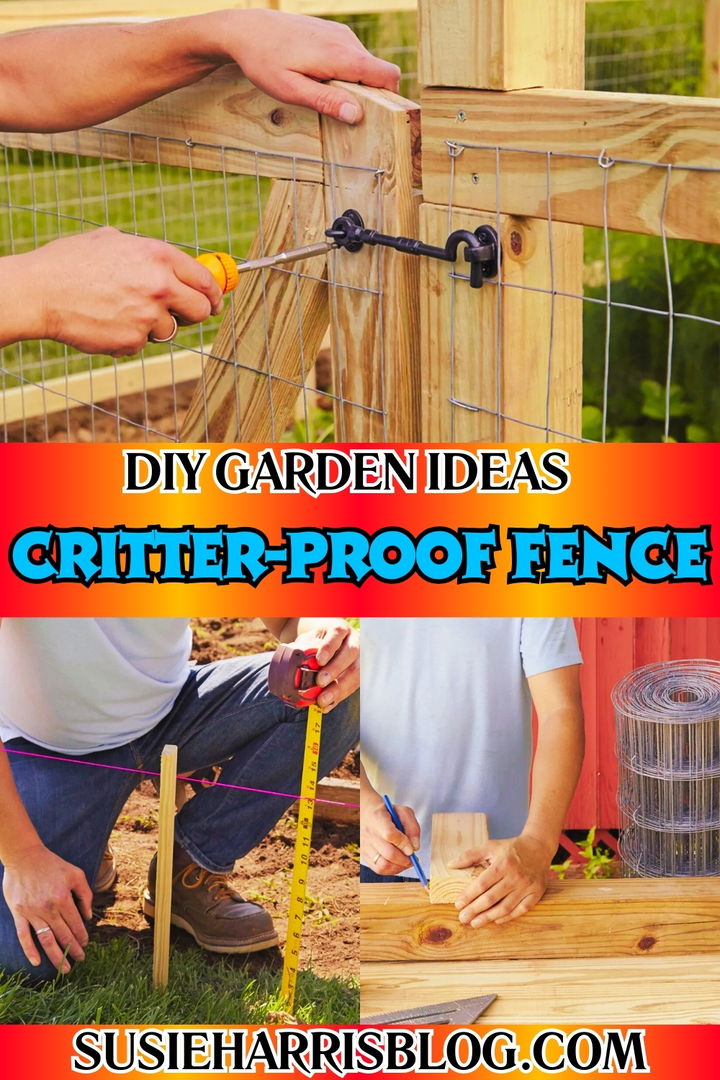
Creating a critter-proof fence for your garden is an effective way to keep unwanted animals from feasting on your plants. Start by selecting a sturdy material, such as galvanized wire mesh, which is durable and resistant to rust. Ensure the fence is at least 3 feet tall to deter rabbits and other small animals. Bury the bottom 6 inches below ground to prevent burrowing creatures from sneaking underneath. Use wooden or metal stakes for support and secure the mesh tightly to avoid gaps. A gate with a secure latch will provide easy access while keeping your garden protected.
4. Coastal Rope Fence
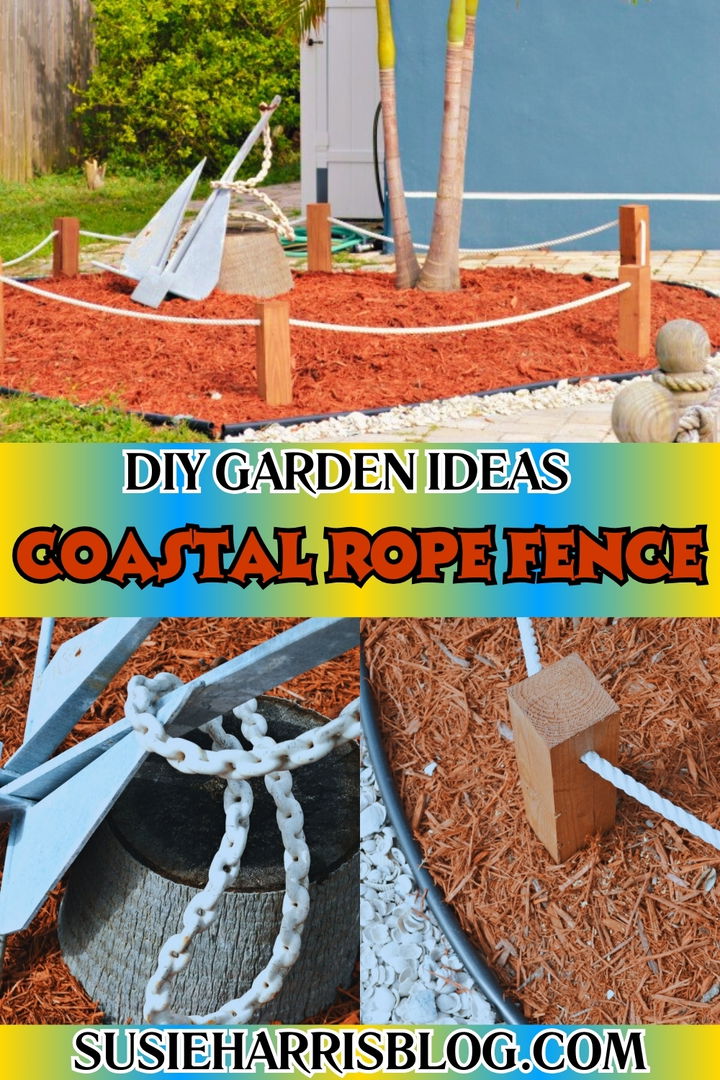
Creating a coastal rope fence is a charming DIY project that can beautifully enhance your garden’s aesthetics. To start, gather sturdy wooden posts and natural fiber rope, ensuring they complement your outdoor theme. Begin by marking the area where you want the fence, spacing the posts evenly, typically three to four feet apart. Secure the posts in the ground using concrete for stability. Next, thread the rope through pre-drilled holes in the posts, allowing it to drape slightly for a relaxed, nautical look. Finish by treating the wood with a weather-resistant sealant for longevity, ensuring your coastal garden fence remains a striking feature for years.
5. Broken Plate Fence
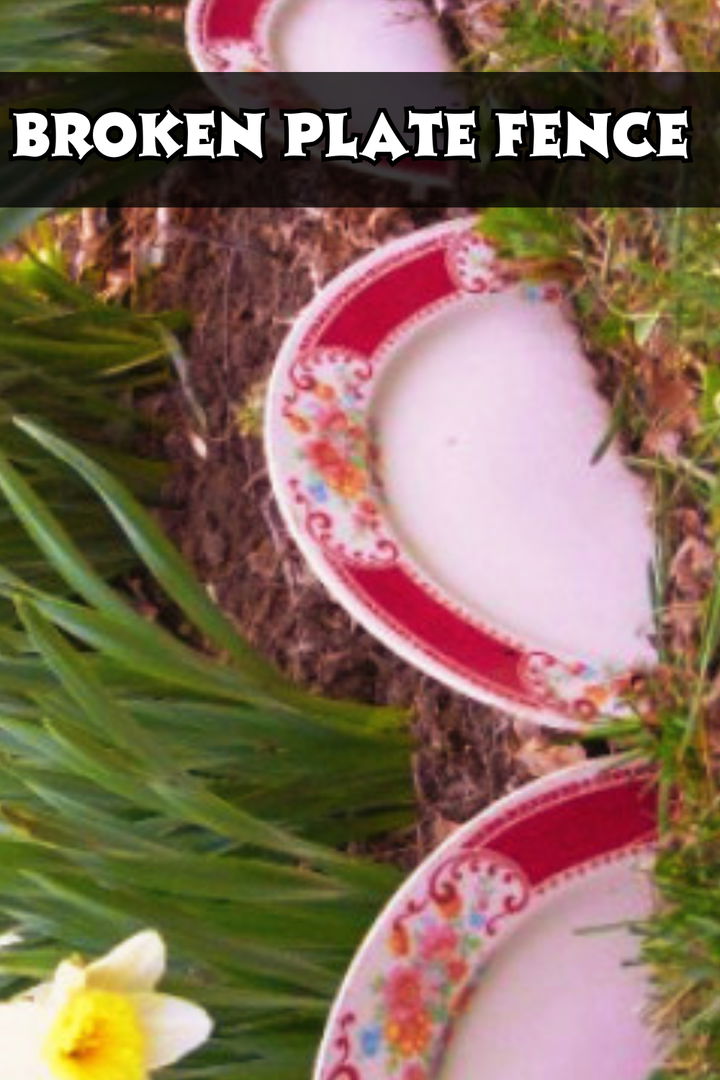
Creating a broken plate fence for your garden is a creative and eco-friendly DIY project that adds charm and character to your outdoor space. To start, gather old or broken ceramic plates, ensuring they have a variety of colors and patterns for visual interest. Carefully break them into manageable pieces, using a hammer and protective eyewear for safety. Arrange the plate shards along your garden’s perimeter, embedding them into the soil or attaching them to a wooden or wire fence for stability. This unique fence not only repurposes materials but also provides a whimsical, artistic touch to your garden.
6. Picket Fence
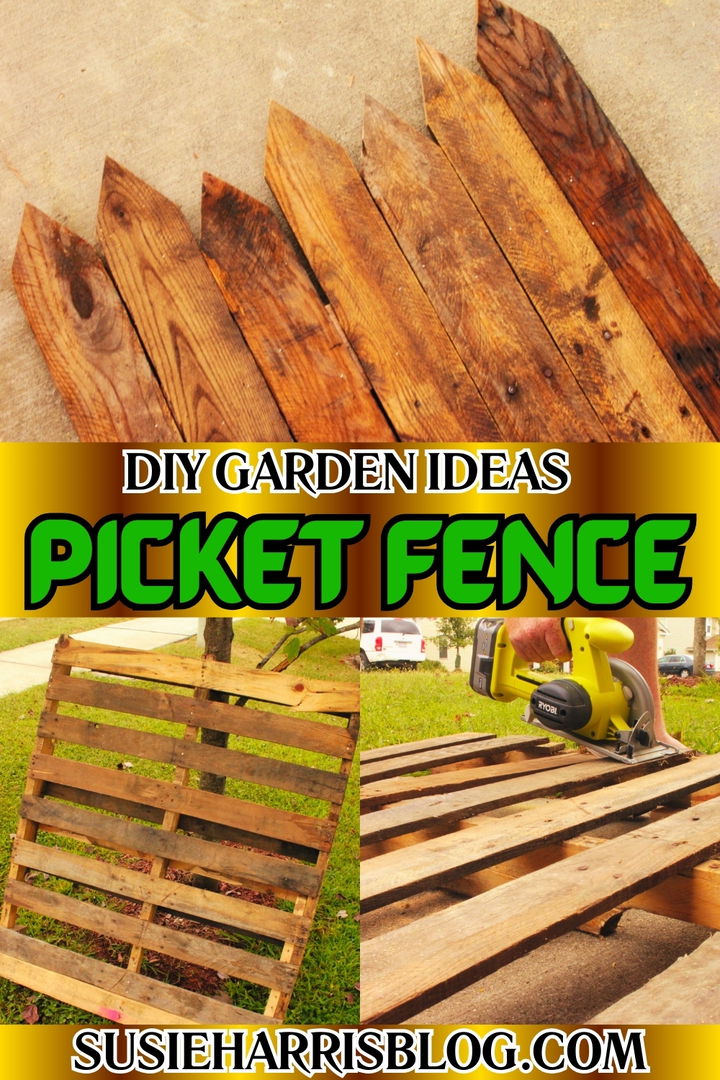
Building a DIY picket fence is a rewarding project that adds charm and functionality to your garden. Start by measuring your space and purchasing materials such as wooden pickets, posts, and concrete for stability. Cut the pickets to your desired height and shape, ensuring uniformity for a polished look. Mark the post locations and dig holes, setting posts in concrete for sturdy support. Once the posts are secure, attach the pickets, spacing them evenly using a spacer for consistency. Finish by painting or staining your fence to protect against weather, enhancing both aesthetic appeal and durability.
7. Rustic Twig Fence
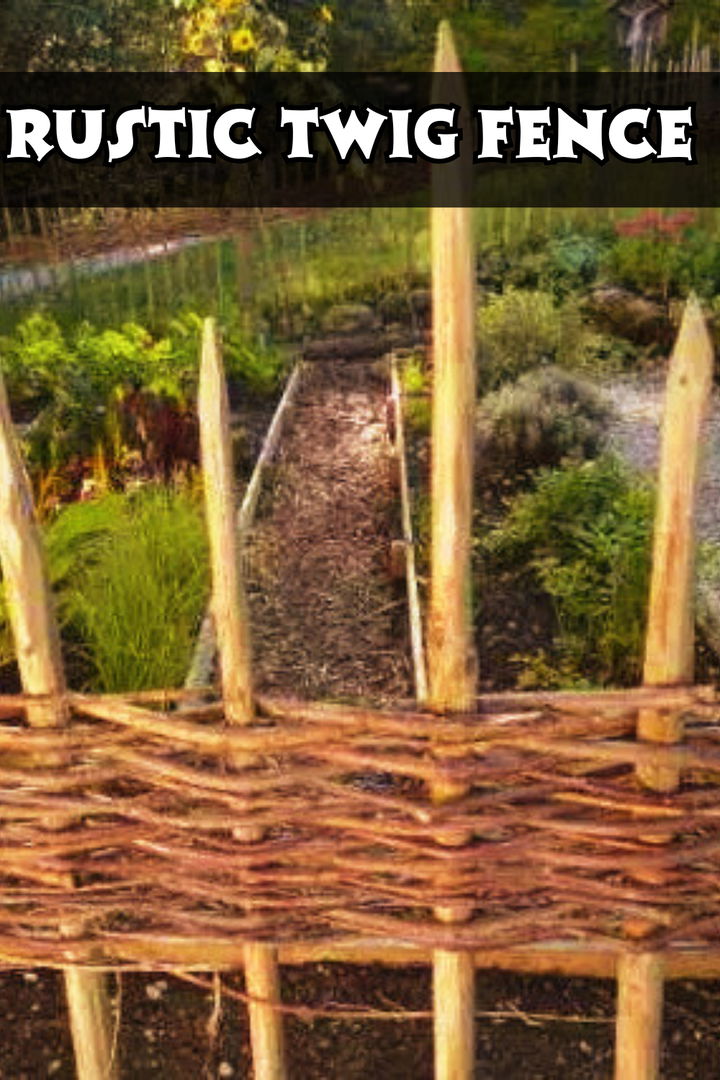
Creating a rustic twig fence is a charming and eco-friendly way to add character to your garden. This DIY project involves using collected twigs and branches to construct a natural barrier that blends seamlessly with the surrounding landscape. Begin by selecting sturdy, straight branches for the posts, and then weave smaller, flexible twigs horizontally between them. Secure the twigs with wire or biodegradable twine for added stability. This type of fence not only enhances the aesthetic appeal of your garden but also promotes sustainability by utilizing readily available natural materials.
8. Tin Accent Fence
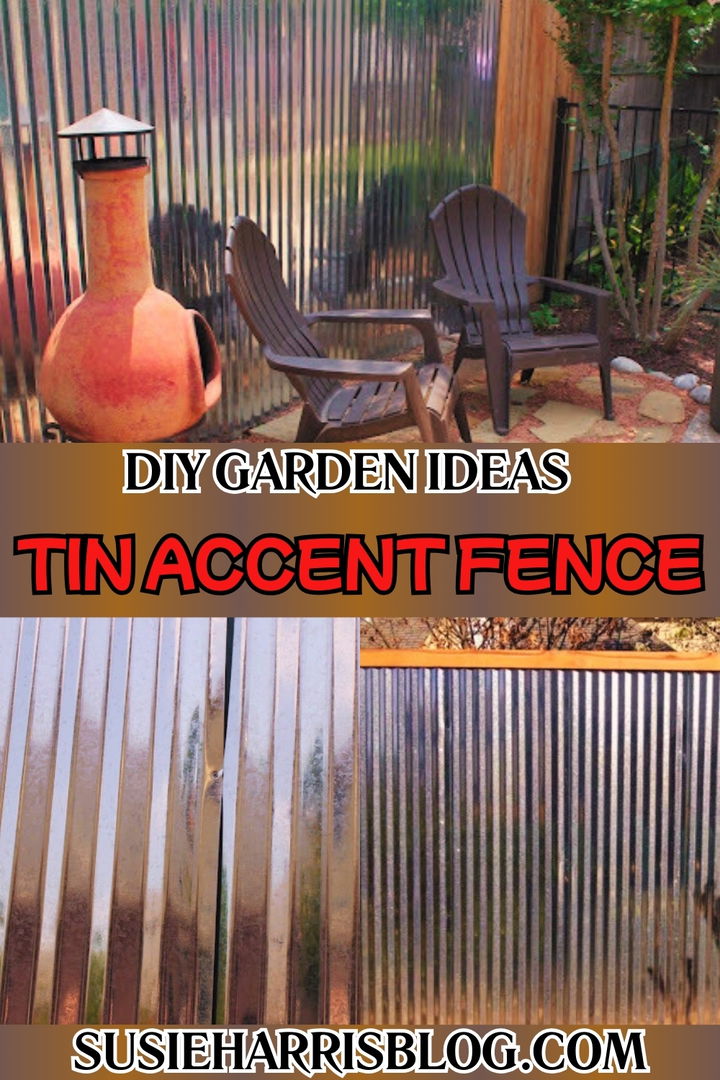
Creating a DIY tin accent fence for your garden is a charming and cost-effective way to add character and functionality to your outdoor space. To start, gather materials such as tin panels, wooden posts, screws, and a drill. Begin by measuring and marking the area where the fence will be installed. Secure the wooden posts into the ground at appropriate intervals, ensuring they are level and sturdy. Attach the tin panels to the posts using screws, overlapping edges for a seamless look. This project not only enhances privacy but also adds a rustic, artistic touch to your garden.
9. Railway Sleeper Fence
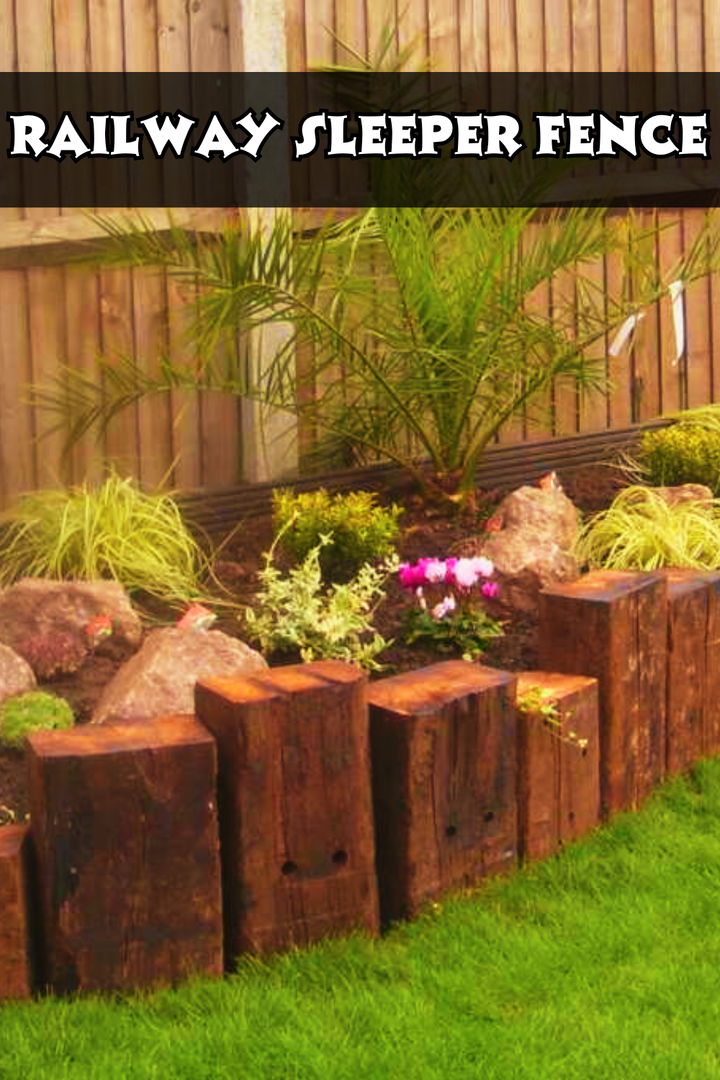
Creating a DIY railway sleeper fence is a fantastic way to add a rustic and sturdy touch to your garden. Start by selecting high-quality, untreated sleepers to ensure durability and safety. Measure and mark the desired fence line, ensuring that the ground is level. Dig post holes approximately 2 feet deep at regular intervals, and set the sleepers vertically, securing them with concrete for stability. Alternatively, sleepers can be laid horizontally, stacked, and secured with metal brackets. Finish by treating the wood with a weatherproof sealant to protect against the elements. This project not only enhances privacy but also adds a charming aesthetic to your outdoor space.
10. Modern Wattle Fence
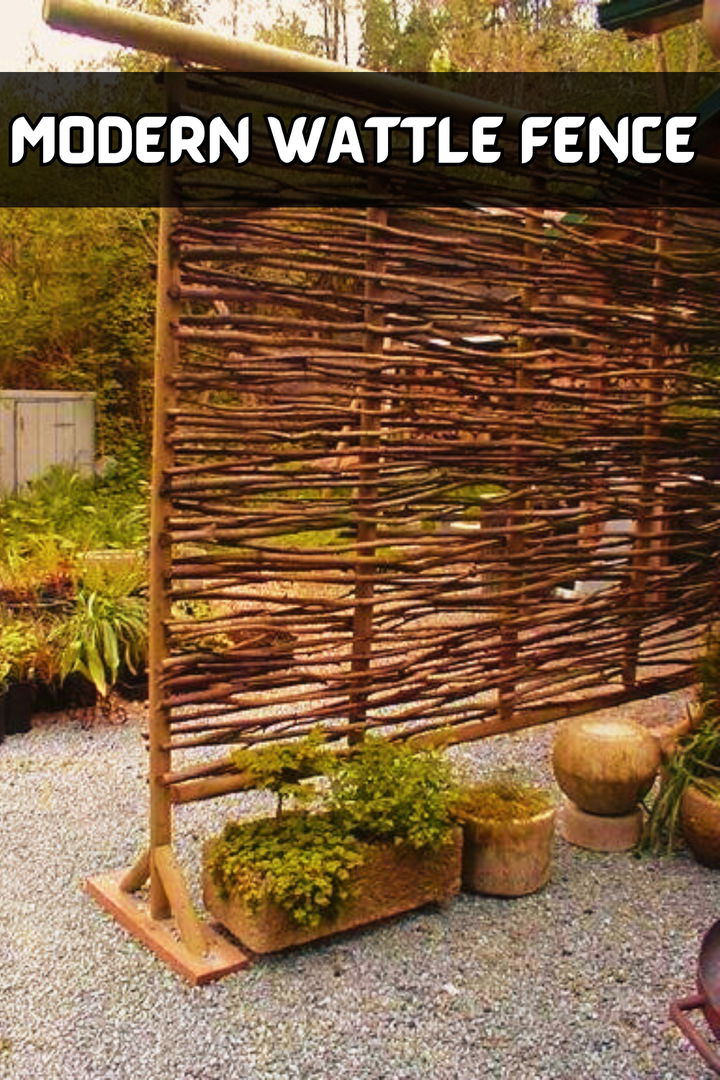
Creating a modern wattle fence is a fantastic DIY project that blends traditional techniques with contemporary aesthetics. This type of fence uses woven branches, typically willow or hazel, to create a sturdy and visually appealing barrier. To begin, gather flexible branches and sturdy stakes, setting the stakes firmly into the ground at regular intervals. Weave the branches in and out of the stakes, layering them to form a dense, interlocking pattern. This eco-friendly fence not only enhances your garden’s charm but also provides a natural habitat for wildlife, making it both functional and environmentally beneficial.
11. Bike Wheel Fence
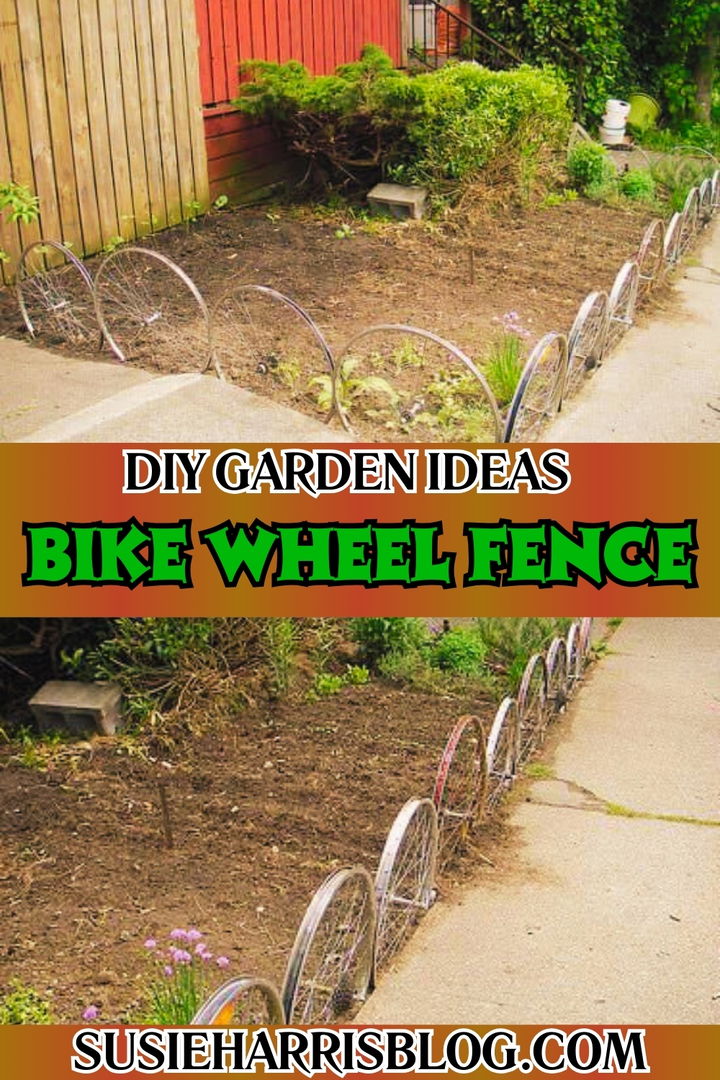
Creating a DIY garden fence out of bike wheels is an innovative and eco-friendly way to repurpose old materials while adding a unique aesthetic to your outdoor space. To construct this fence, collect several discarded bicycle wheels, ensuring they’re clean and free of rust. Arrange the wheels in your desired pattern, overlapping them for stability, and secure them to sturdy posts or an existing fence structure using durable wire or metal brackets. This creative project not only provides a functional boundary for your garden but also serves as a conversation piece, showcasing your commitment to sustainability and artistic flair.
12. Roofing Tile Fence
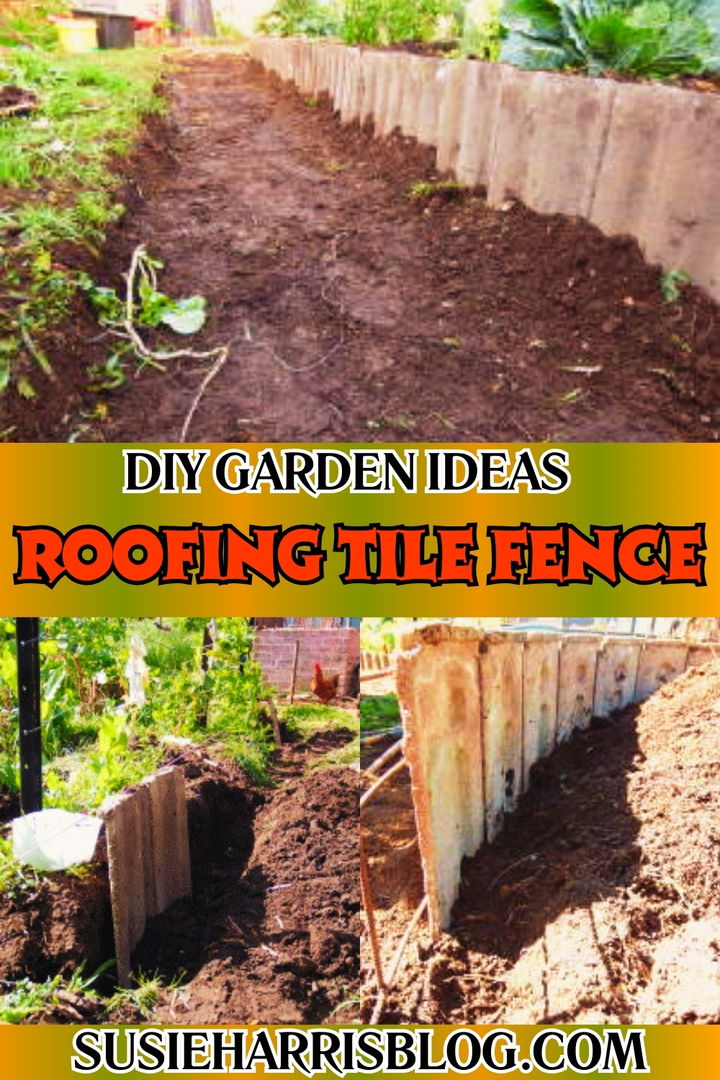
Creating a DIY garden fence using roofing tiles is an innovative way to add character and privacy to your outdoor space. Start by selecting durable roofing tiles that complement your garden’s aesthetic. Measure the perimeter of your garden and mark where you’ll place the fence posts. Secure sturdy wooden or metal posts into the ground at regular intervals. Attach the roofing tiles horizontally or vertically between the posts, ensuring they are firmly fixed to withstand weather conditions. This unique fence not only serves as a protective barrier but also adds a rustic charm to your garden.

